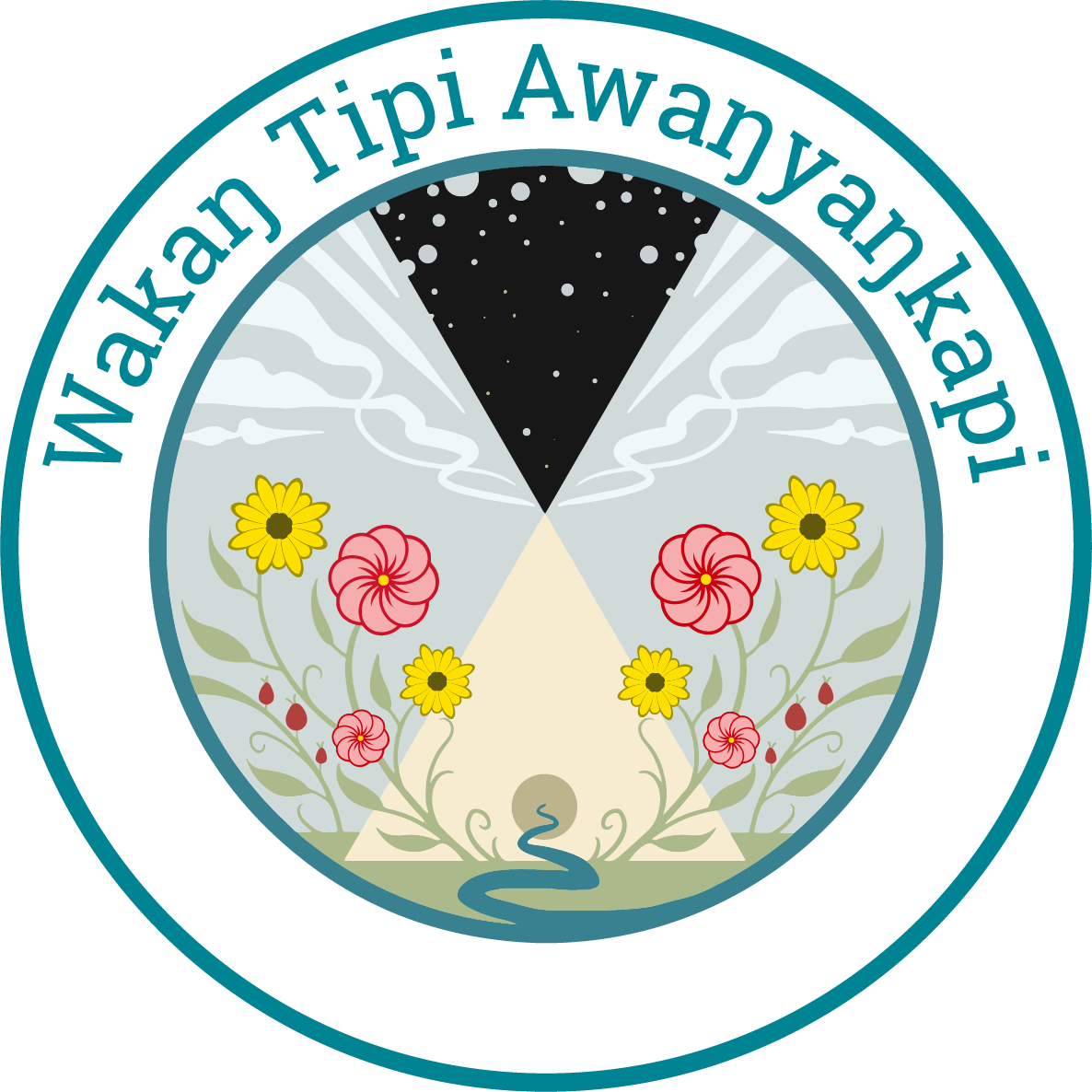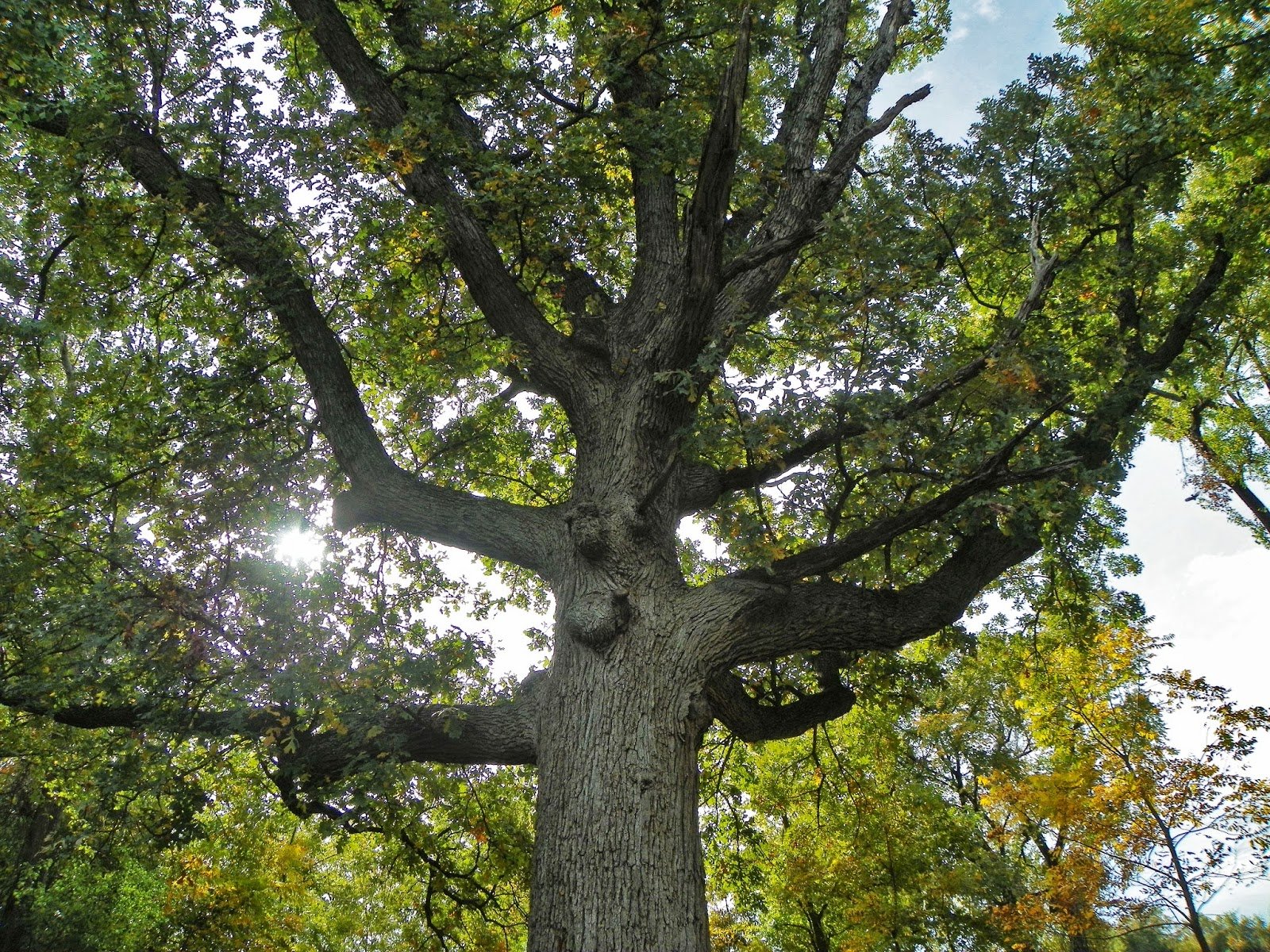By Dan McGuiness
Wakan Tipi is nestled at the base of the limestone and sandstone bluffs along the Mississippi River. As a Dakota gathering place and sacred site it is not important what neighborhood or city planning district it is in. But to most city planners and other government officials, neighborhoods matter and decisions are made based upon boundaries.
To some people, Wakan Tipi (aka Bruce Vento Nature Sanctuary) is a dividing line between the Dayton’s Bluff and Lowertown neighborhoods. But there was one person who recognized that this area joined these two neighborhoods more than it divided them. That person was Weiming Lu, a very active Lower Phalen Creek Project Steering Committee member and supporter in our organization’s infancy and early years.
Weiming saw Wakan Tipi and the sanctuary as part of a greater vision for what he called Saint Paul’s River Garden - a place that transcends neighborhoods in favor of looking at how we connect to the river and the natural environment. His vision and what former Mayor George Latimer called “Weiming’s gentle persuasion” brought people together, gave voice to the Lower Phalen Creek Project, and brought millions of dollars of government and foundation support to the work we were doing in the 1990’s and early 2000’s.
Weiming, far right, receiving EPA Brownfield funding to restore and establish what has become Bruce Vento Nature Sanctuary, July 8, 2003
Weiming grew up in an architect’s family in Shanghai and Nanjing, China. His father taught and practiced planning and architecture; thus, Weiming was, at an early age and onward, immersed in the ideas of classic Chinese architecture, the principles of Taoism – which stress the harmonious relationship between man and nature. He studied engineering in China, Taiwan, the University of Minnesota and finally the University of Carolina at Chapel Hill.
His studies, his work and his teaching opportunities took him around the globe, to London, Tokyo, and many places in between. He was an advisor and consultant to many, including the United Nations Planning Team. Weiming has noted that he is a product of two cultures. While Chinese culture stresses continuity, American culture values change and thus he has often struggled with, as he said, “the tug of war” between these competing ideals. This struggle was expressed not only in Weiming’s sense of planning and design but in his beautiful, energetic, and inspirational calligraphy, for which he is internationally recognized and appreciated.
In 1959 Weiming returned to the United States from Europe and was hired by the Minneapolis Planning Department which, for more than a decade, benefited from his skills, experience and insight in planning and urban design. Then, for most of the 1970s, he worked as the Assistant Director or Urban Design for the City of Dallas.
Finally, in 1979, we, in St. Paul, were the beneficiaries of Weiming’s cumulative wisdom when he was hired to work for the Lowertown Development Corporation where, for nearly three decades, Weiming, with his gentle persuasion, helped us make thoughtful decisions and difficult choices that have left a huge imprint on our community.
Under his leadership the Lowertown Redevelopment Corporation pursued the rejuvenation of Lowertown. It attracted a $10 million dollar investment from the McKnight Foundation, and, with those funds, it leveraged $750 million in additional public and private investments in the area. It fought to save and renovate the Union Depot, enabling us today to return it to the landmark status it deserves. It pushed for the relocation of the post office, retention and renewal of the farmers’ market, the extension of light rail, and the reclamation of a brownfield – the first step in the creation of Bruce Vento Nature and Wakan Tipi Center.
Weiming (blue sweater) with group on site during the development of Bruce Vento Nature Sanctuary
When Weiming retired, he helped assure that the legacy would continue, with the creation, in 2007, of the Lowertown Future Fund, a donor-advised fund of the St. Paul Foundation. Lower Phalen Creek Project was one of many beneficiaries of that legacy. Weiming’s ideas for a River Garden that would reconnect Lowertown to the Mississippi River helped inspire all of us in St. Paul’s most recent efforts to create the Great River Passage master plan for our entire 17 miles of Mississippi riverfront as a place that is becoming more natural, more urban, and more connected.
During all this Weiming Lu was a steadfast participant in the Lower Phalen Creek Project (LPCP) Steering Committee, originally an initiative of Friends of Swede Hollow. Weiming helped us create a “Common Vision for Lower Phalen Creek” a foundational plan for what would become Bruce Vento Regional Trail, Bruce Vento Nature Sanctuary and Wakan Tipi Center. The “Common Vision” report, completed in 2001, had 26 supporting and partner organizations. LPCP had transformational support from the McKnight Foundation and the Lowertown Redevelopment Corporation in the process. In the acknowledgement page of this 56-page document, it says, “Special Thanks to Weiming Lu and Lowertown Redevelopment Corporation for their extraordinary support.”
Weiming, second from left, at ribbon cutting ceremony for Bruce Vento Nature Sanctuary, 2005
“Special Thanks” indeed. “I don’t give up easily” Weiming said in an interview in Minnesota Alumni Magazine (University of Minnesota, Summer 2019.) He was not only a very involved hands-on participant in the early work of LPCP, but he was, and continues to be, an inspiration to all of us to be persistent and not give up as we work to achieve our mission, our vision and to pursue our values
Weiming Lu, who recently resided in Golden Valley, died on October 4, 2022. He is survived by his wife Lu, and son, Keven Lu. With sincere thanks and much gratitude to Weiming Lu, we let him have the last word. In the preface of his book, “The Tao of Urban Rejuvenation.” (Beaver’s Pond Press, Edina, Minnesota, 2013) he said: “Seeking a balance between new and old, East and West, economic development and environmental protection--thus may we build a creative, livable, and sustainable world.”

























